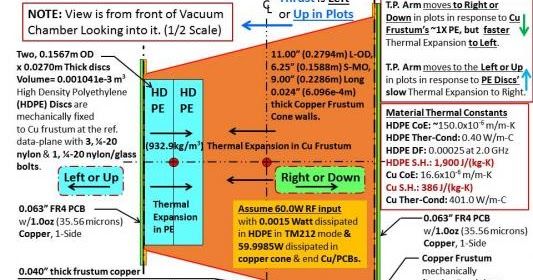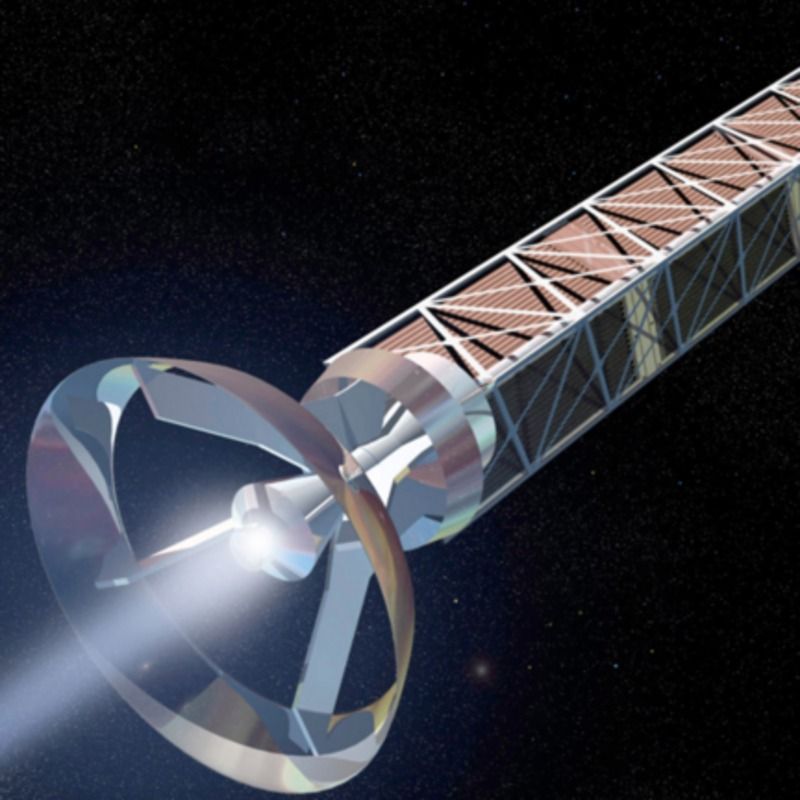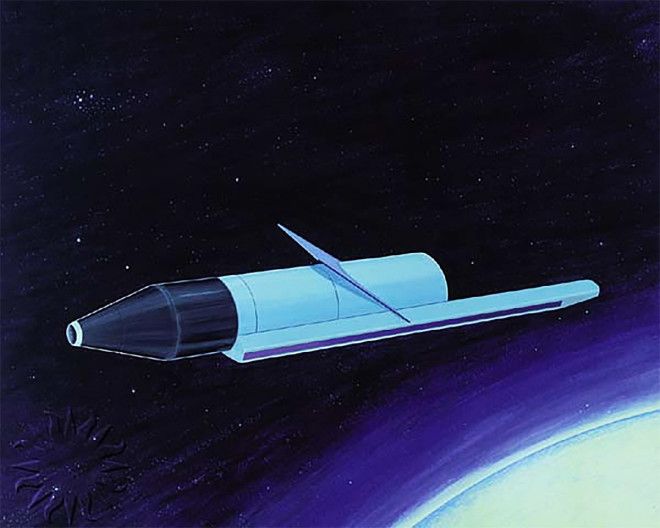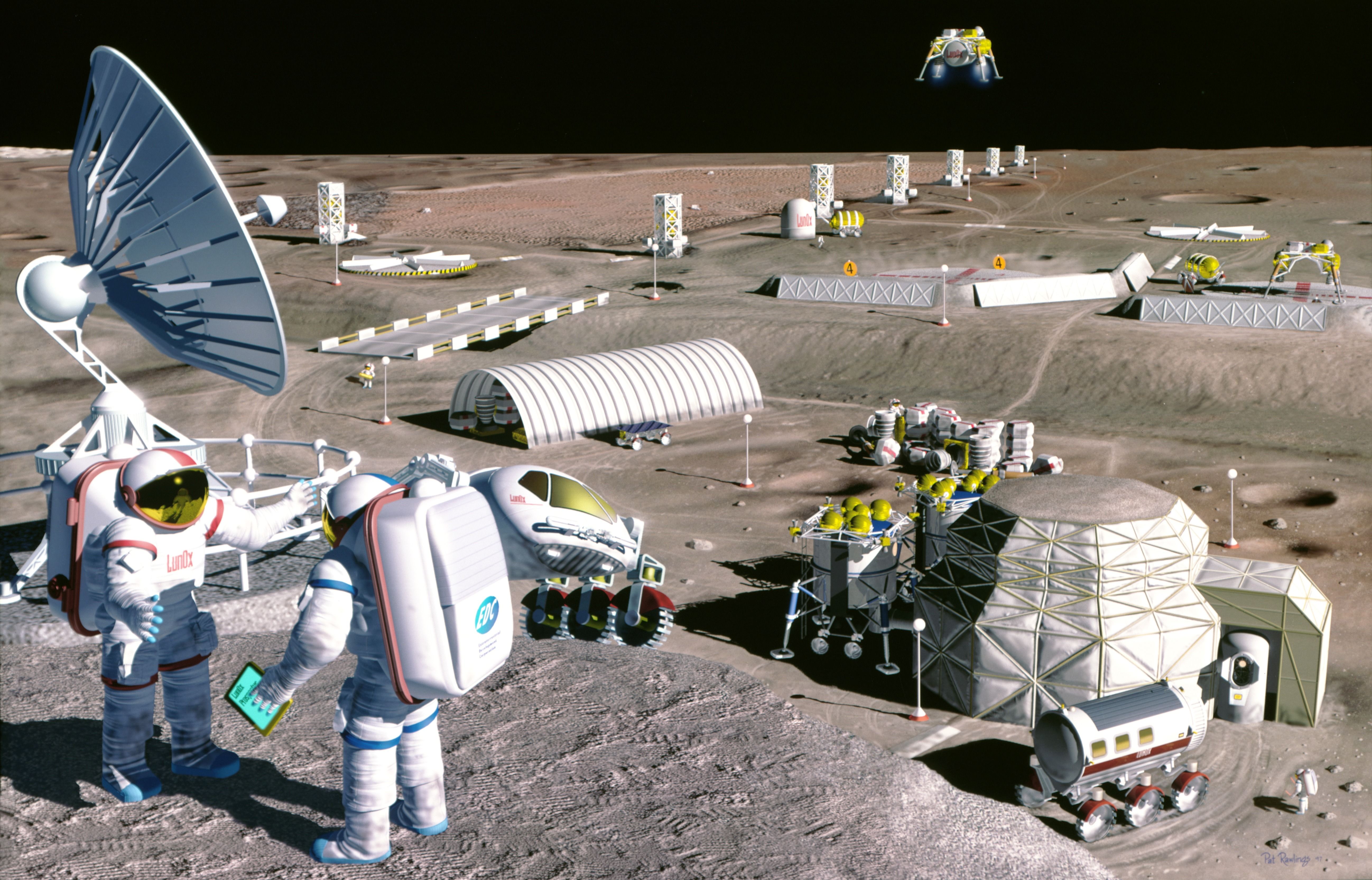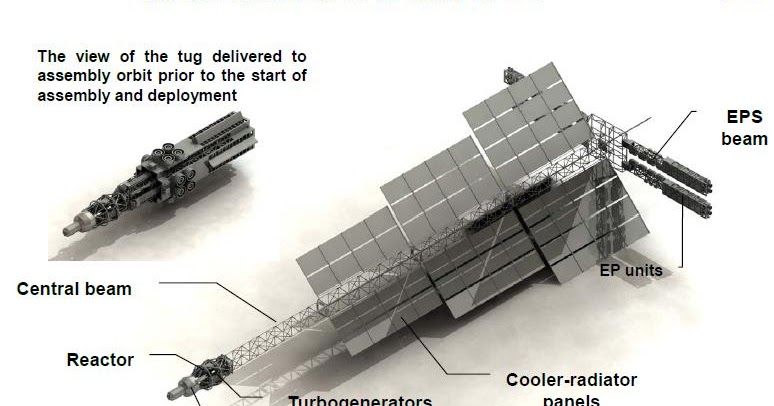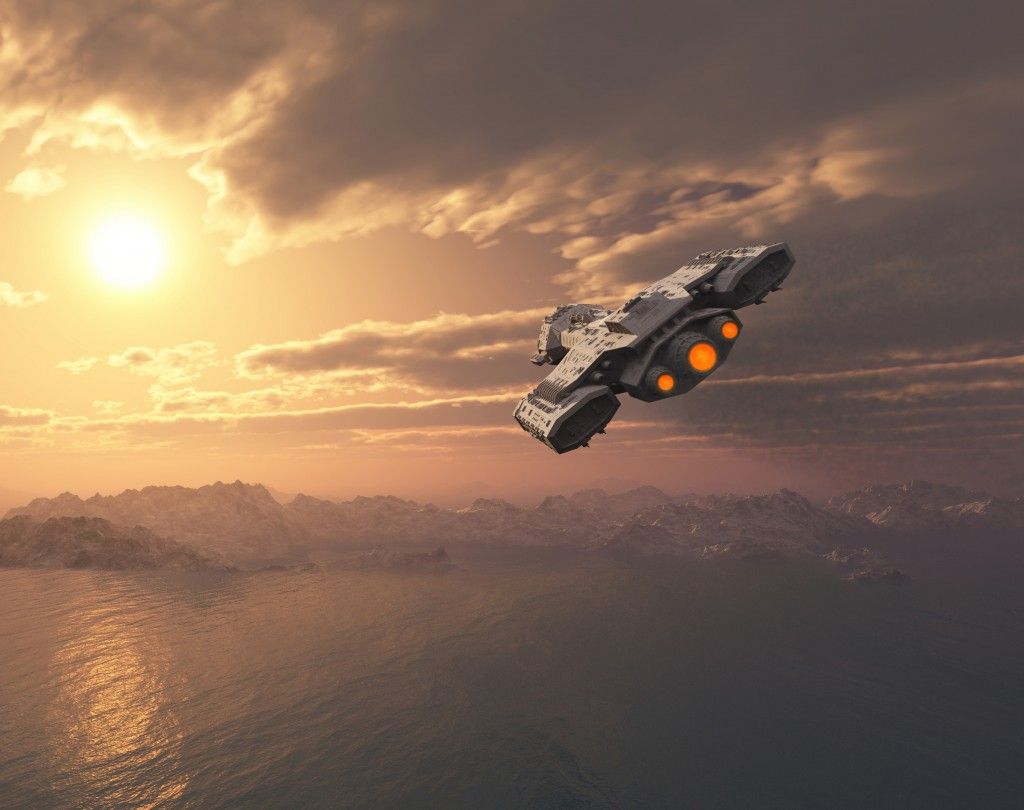Mar 22, 2016
NASA scientists say we could colonise the Moon by 2022… for just $10 billion
Posted by Shailesh Prasad in category: space travel
A lot of focus over the past 12 months has been on NASA’s journey to Mars. But a group of space experts, including leading NASA scientists, has now produced a special journal edition that details how we could establish a human colony on the Moon in the next seven years — all for US$10 billion.
Although that’s pretty awesome, the goal isn’t really the Moon itself — from an exploratory point of view, most scientists have bigger targets in sight. But the lessons we’ll learn and the technology we’ll develop building a human base outside of Earth will eventually be the key to colonising Mars, and other planets, according to the experts.
“My interest is not the Moon. To me the Moon is as dull as a ball of concrete,” NASA astrobiologist Chris McKay, who edited the special, open-access issue of New Space journal, told Sarah Fecht over at Popular Science. “But we’re not going to have a research base on Mars until we can learn how to do it on the Moon first. The Moon provides a blueprint to Mars.”
Continue reading “NASA scientists say we could colonise the Moon by 2022… for just $10 billion” »

